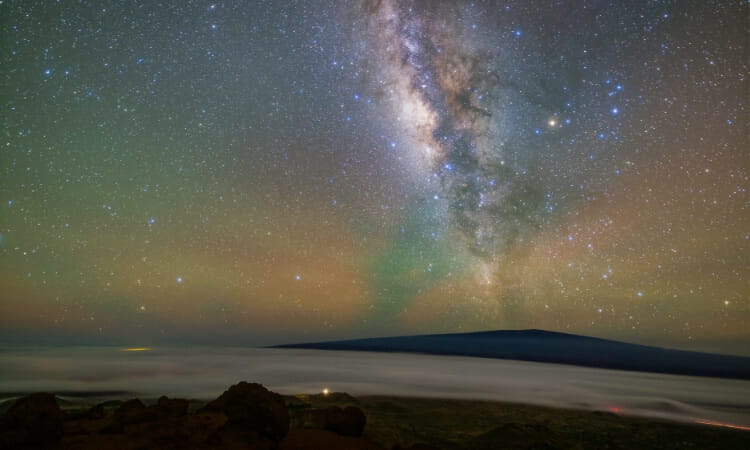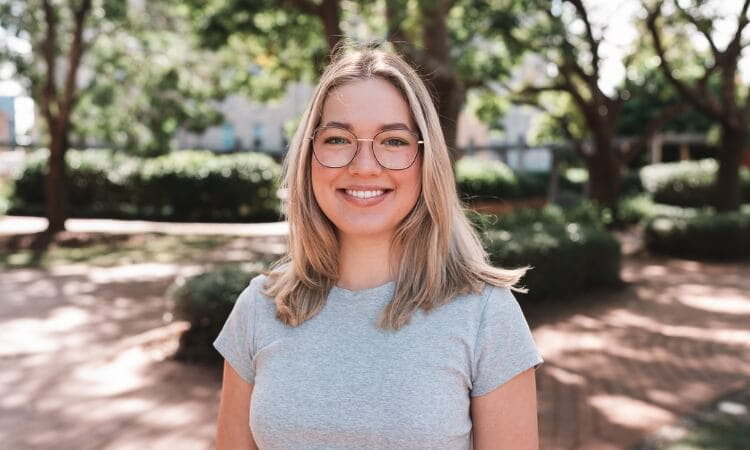High-flying researchers take funding to the stars

As humans, we’re completely made up of stardust … but have you ever wondered what makes up the stars?
A symphony of light could hold the answer.
The University of Southern Queensland (UniSQ) hopes to better understand the insides of stars as one of two research projects awarded a combined $939,422 in funding as part of the Australian Research Council (ARC) Discovery Early Career Researcher Award (DECRA) scheme.
UniSQ will soon welcome asteroseismologist Dr Gang Li from the University of Leuven, Belgium, as an ARC DECRA research fellow.
Dr Li will join the UniSQ Centre for Astrophysics to lead research investigating the interiors of stars in star clusters via their pulsations – that is, revealing the mysterious internal structures of stars using the rhythmic vibrations of the star itself.
Dr Li said the “starquakes” his research used were like earthquakes and occurred as oscillating waves within stars.
“Stars can be thought of as musical instruments, and we can actually ‘hear’ their sounds by observing their light,” he said.
“Different ‘notes’ or ‘pitches’ reveal what is happening inside the star.
“This research will not only deepen our understanding of stellar physics but also impact all areas of astronomy that rely on our knowledge of stars.”
Associate Professor Simon Murphy, who will be supervising Dr Li’s research, said he was excited to welcome Dr Li to the University as a world-class researcher in asteroseismology.
“Perhaps unsurprisingly, much of astrophysics is underpinned by our knowledge of stars and what goes on in their interiors,” Dr Murphy said.
“However, 'seeing' inside a star is a tall order.
“Gang's work improves our knowledge of stellar physics and underpins a broad range of astronomical disciplines – from the evolution of galaxies to the habitability of planets around other stars.”
Dr Li’s research project was awarded $461,691.
The second ARC DECRA Scholarship was awarded to UniSQ thermofluids engineer Dr Byrenn Birch, who is developing a surface reconstruction model for objects re-entering Earth’s atmosphere.
Dr Birch said the ARC funding had come at a time when his research was crucial, with the rate of space launches rapidly increasing.
“We are seeing more and more examples of space debris returning to Earth as spectacular fireballs and instances where they do strike the ground,” he said.
“Estimates put it at about 90 tonnes of this debris surviving re-entry and striking Earth, and much of this is from uncontrolled re-entries.
“No one wants people or property to be hit by space debris, so we need to improve our understanding of the physics of re-entry to engineer solutions.”
Dr Birch’s research project will develop a surface reconstruction model that uses the light emitted from the surface of re-entering objects to provide much-needed data to assess the ground risk of re-entry.
His research project was awarded $477,731 and builds upon previous and ongoing re-entry observation work happening at UniSQ, including collaborations with NASA.
Read more about the research at the UniSQ Institute for Advanced Engineering and Space Sciences.


